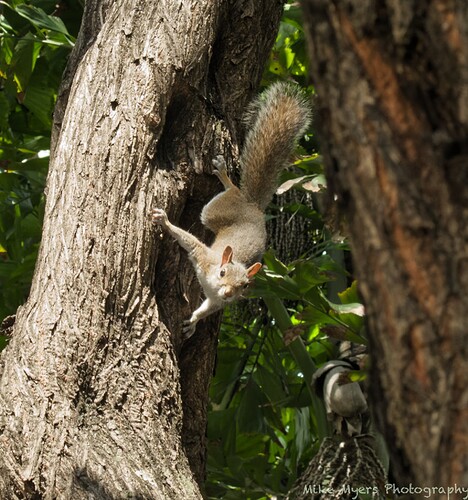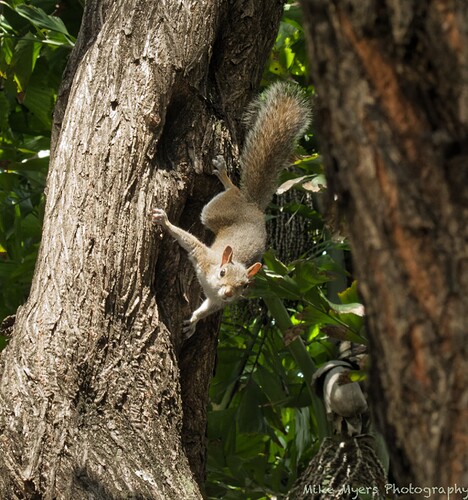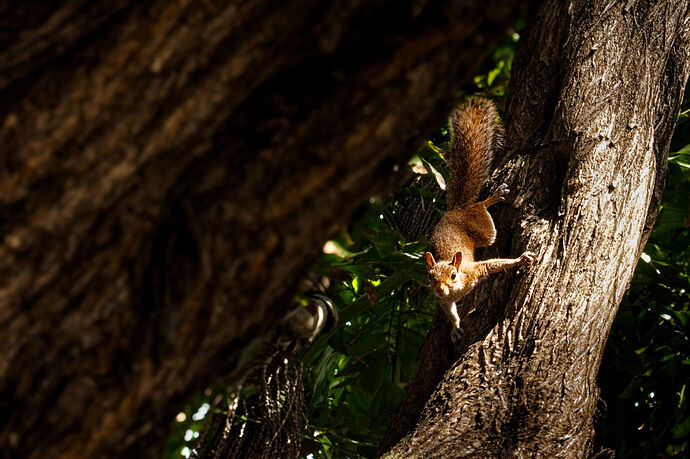Well, PhotoLab offers better demosaicing and denoising and lens correction that in my tests can be seen when you compare the exported images of the two software.
Capture one and PhotoLab can have similar or different color rendition, depending on what you choose. Both program have plethora of tools for editing of tone and color of virtually all images for almost all needs. Its just a big different way of working that for some users takes a bit of getting used to.
Like Adobe, since few versions ago Capture One offers panorama stitching and HDR merging, I think it offers AI assisted horizon fixing and AI dust removal for dust on the lens and server.
It has some interesting features like ability to easier and better color and exposure matching between shots, it has probably the best theater support and more organizational type tools.
For that reason some people prefer to work in Capture One, but also prefer image quality of PhotoLab.
DXO’s PhotoLab or PureRAW offer, as you know ability to export Linear DNG + optical corrections and all the denoising and all that and it will be compatible with programs like Capture One to continue working as if the RAW was out of camera. Hence one can take advantage of both programs.
Overall, if the image quality itself is the goal, DXO is still the best. If you need a lot of other tools, DXO can be used with C1 or Lr to get the best everything.




